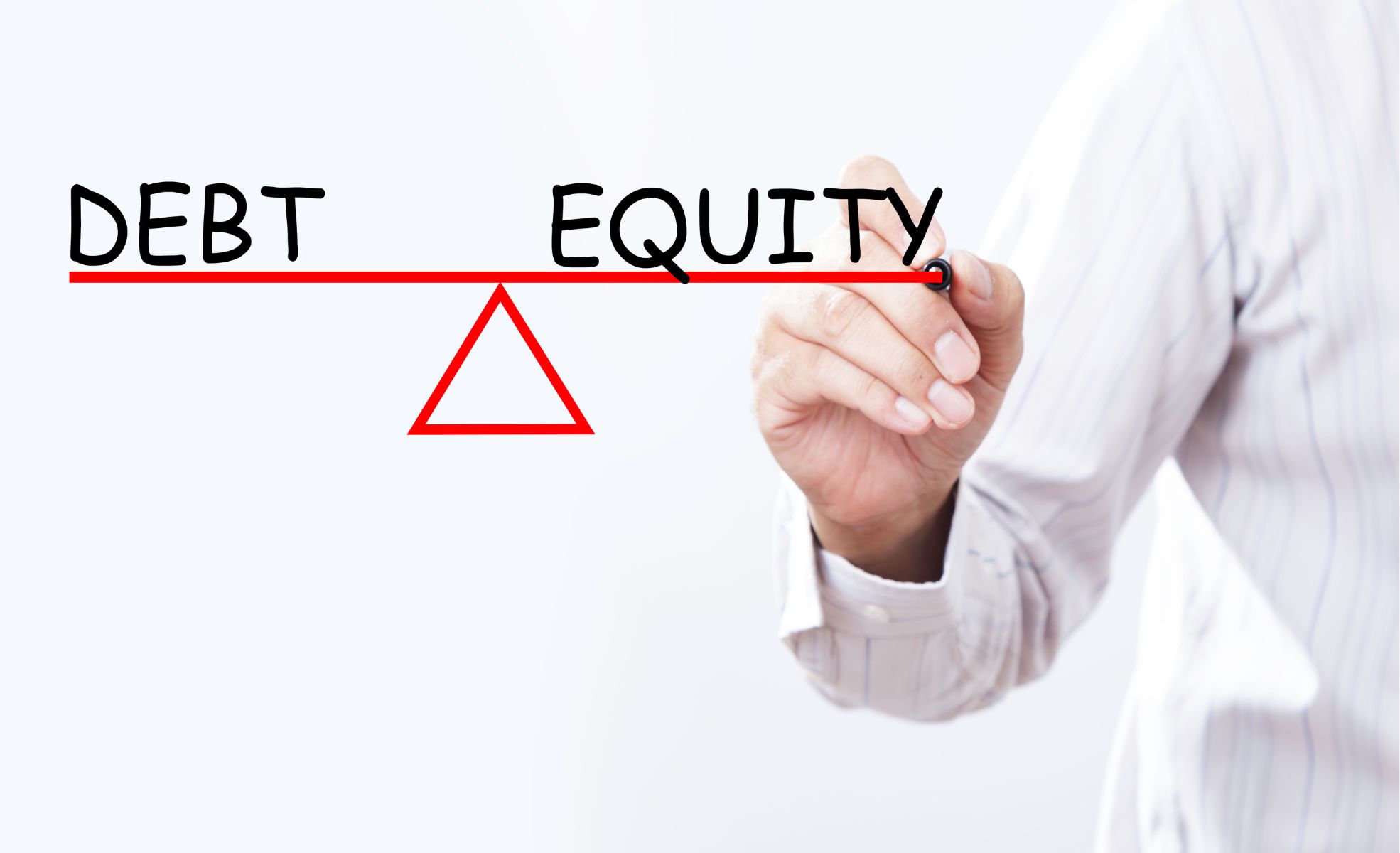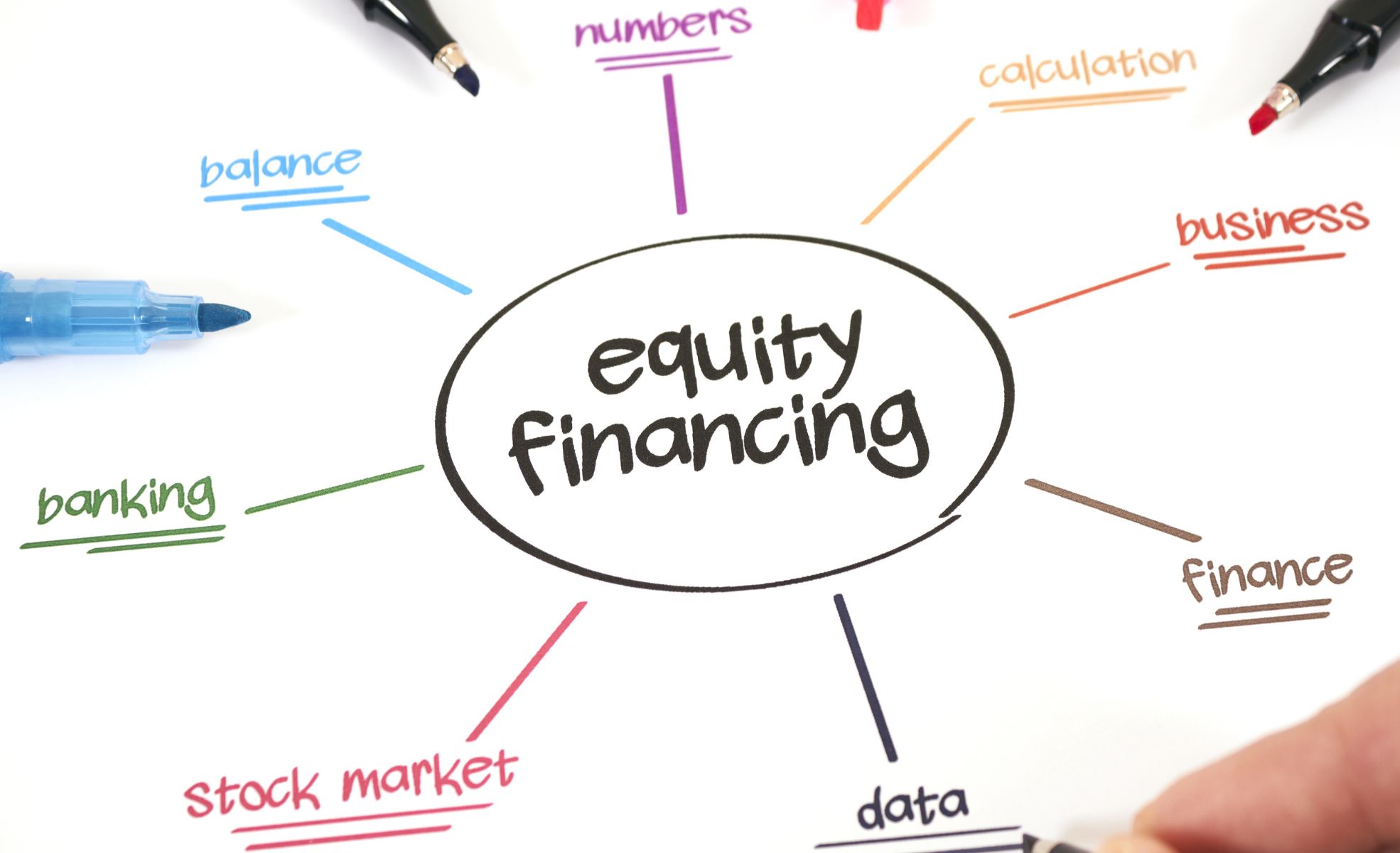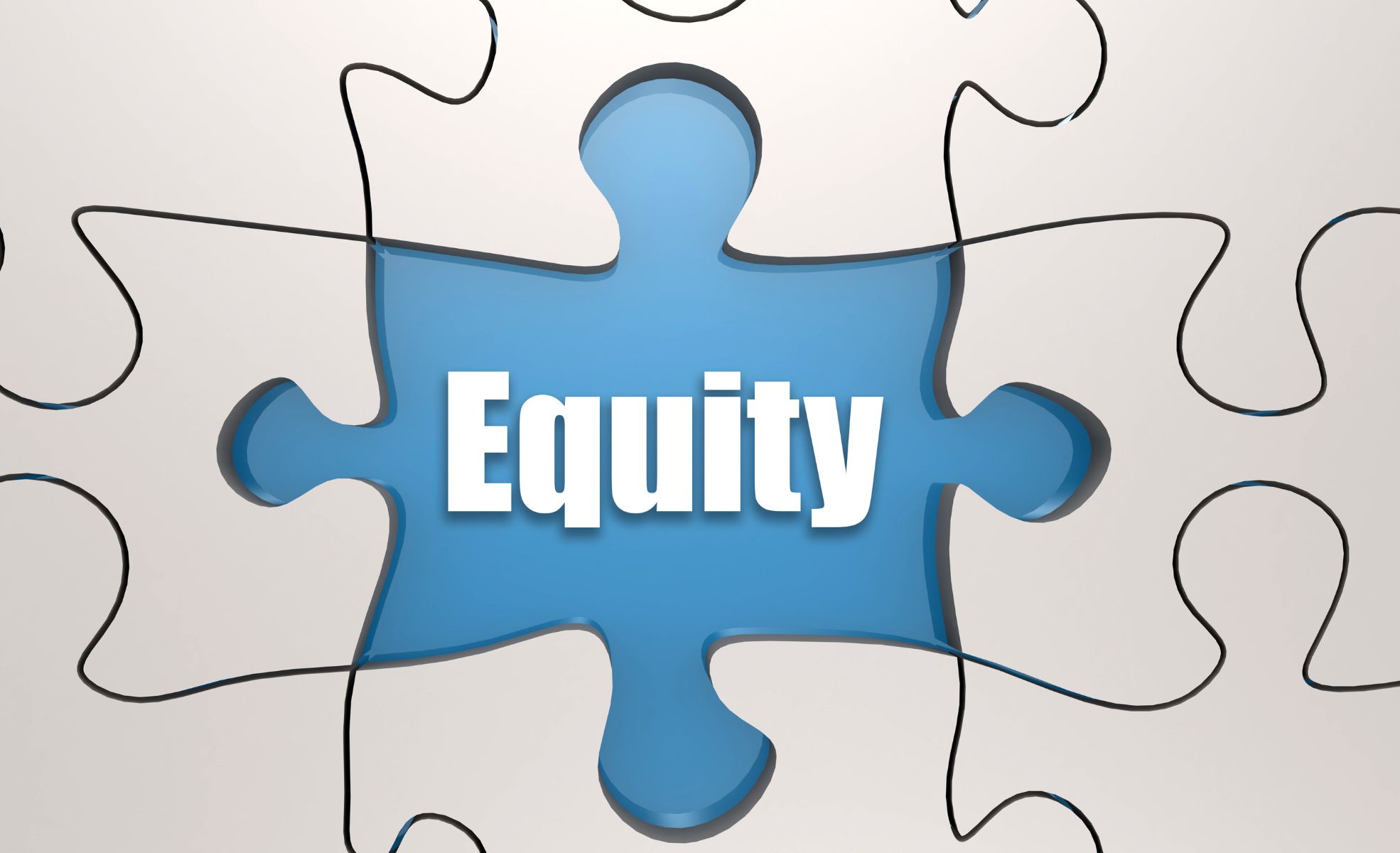Equity in business refers to the ownership value held by shareholders or owners after deducting total liabilities from the company’s assets. It is a fundamental component of a company’s financial structure, indicating its financial strength and stability. Calculating equity is straightforward: one must calculate business equity and subtract the sum of all liabilities from the total assets to determine the business’s net worth.
This figure is crucial for assessing a company’s health and making informed decisions about investments and strategic direction. Understanding equity is essential for both business owners and investors, as it provides insight into potential returns and risks associated with a company. We delve into the intricacies of equity in the business landscape, exploring its various forms, the process of raising capital through equity, and its impact on corporate governance and shareholder value.
How Does Equity Work in Business
Defining Equity for Companies
Equity in a business context is the residual interest in a company’s assets after subtracting the company’s liabilities. But it’s what you’d receive if a company’s assets were liquidated and all its debts paid off. Found on the balance sheet, equity is a key indicator of a company’s financial health. Analysts often use it to assess the company’s value.
Equity isn’t just a static number; it reflects a company business owner’s ongoing financial performance and decisions. This includes earnings kept for growth and funds raised through selling stock.
Types Of Equity: Ownership and Shareholder Equity
Equity comes in different forms depending on the context. Ownership equity is the interest held by owners of private companies. Shareholder equity relates to the ownership of public company stockholders’ equity shareholders.
This equity consists of two main parts: capital raised by issuing shares and retained earnings that build up over time. Retained earnings are the profits left after dividends are paid to shareholders. They’re a significant part of shareholder equity as they’re ploughed back into the company.
When companies repurchase shares, these become treasury shares, and their value is subtracted from the total shareholder equity. These treasury shares can be reissued if the company needs more funds. The overall shareholder equity can be positive, showing that the company has more assets than liabilities, or negative, which might signal financial trouble if it continues.
But shareholder equity by itself isn’t a complete measure of a company’s financial health. It’s essential to look at it alongside other financial metrics.
Equity vs. Debt
Equity is one of the two main ways companies can raise capital, with the other being debt. Debt means borrowing money, usually through loans or bonds, which must be paid back with interest. Equity, however, involves selling ownership stakes in the form of stock, which doesn’t need to be repaid but does give shareholders certain rights.
These rights include voting on corporate matters and possibly getting dividends. Investors often prefer equity investments for the chance to share in the company’s growth and profits. This can lead to capital gains and has the potential for higher returns than debt, though it’s riskier.
Striking the right balance between equity and debt financing is a strategic choice for companies. It affects everything from financial flexibility to the cost of capital. Private companies often sell equity to private equity funds or venture capitalists.
These investors provide capital for an ownership stake. They usually look to put money into companies with solid growth potential or take part in established firms’ leveraged buyouts. Unlike public shareholder equity, private equity isn’t readily available to the average person and uses different valuation methods.

Calculating Equity in Business
The Equity Equation: Assets Minus Liabilities
One must subtract the total liabilities from the total assets to determine equity. This calculation reveals the net value or worth of the company. A positive result indicates that the company’s assets surpass its liabilities, a good sign of financial health. Conversely, a negative outcome may indicate potential financial instability.
Understanding Balance Sheets
The balance sheet, one of the three core financial statements, provides a snapshot of a company’s financial position at a given moment. It adheres to the accounting equation, ensuring the company’s resources are balanced against the claims against those resources, including borrowing and owner contributions.
Assets are categorised as either current or non-current, with the former expected to be converted to cash within a year and the latter being long-term investments. Liabilities follow a similar classification. The balance sheet is crucial for calculating returns and assessing capital structure. Ratios derived from it, such as the Return On Equity (ROE), which is net income divided by shareholder equity, are used to gauge a company’s profitability.
Example of Equity Calculation
Consider a hypothetical company with assets worth $500,000 and liabilities amounting to $300,000. The equity would be:
Shareholders’ Equity = $500,000 − $300,000
Shareholders’ Equity = $200,000
This positive equity suggests that the company has a solid financial foundation. Equity is dynamic, fluctuating with changes in assets and liabilities, making monitoring for a current understanding of financial health essential.
The Importance of Equity for Businesses
Funding Operations Through Equity
Equity is essential for initiating and maintaining a company’s activities. It provides the capital necessary to purchase assets, embark on new ventures, and manage everyday expenses. Companies often resort to equity financing to obtain these funds, which can come from various sources, including the entrepreneur’s personal contacts, professional investors, or the public via an IPO.
Equity financing is not limited to a single occurrence but can be accessed multiple times as a company progresses. The avenues for obtaining equity funds vary, from private stock placements to public offerings, each with distinct consequences for the company and its stakeholders.
Equity as a Measure of Company’s Health
Equity is more than just a funding mechanism; it’s a critical metric of a company’s fiscal well-being. It’s the difference between assets and liabilities. It is featured on the balance sheet, contributing to important financial ratios like ROE.
A company with positive equity is generally considered financially sound. In contrast, one with negative equity may face solvency issues, potentially jeopardising its longevity.
Investors pay close attention to a company’s equity as it influences their share of ownership and the potential returns on their investment. Therefore, sustaining a robust equity level is vital for attracting and retaining investors.
Impact on Decision-Making and Control
Equity also plays a pivotal role in a company’s governance and strategic choices. Shareholders exert influence over corporate decisions and board elections proportionate to their equity stakes. However, equity fundraising can lead to ownership dilution and possibly diminish the value of existing stakes when new shares are issued.
In financially challenging times, the issuance of additional shares might prompt a decline in stock prices. The entry of angel investors and venture capitalists into the equity space can alter the power dynamics within a company. These entities often command a considerable share in exchange for their investment, bringing expertise and strategic perspectives but also expecting high returns, which can exceed the costs of conventional loans.

Raising Equity Capital
Equity financing is crucial for businesses seeking to expand or cover immediate expenses. This method is particularly beneficial for companies aiming to finance growth initiatives. The sources of equity financing are diverse, ranging from an entrepreneur’s personal network to professional investors and, in some cases, the public through an IPO.
The Process of Equity Financing
Identifying the need for capital is the first step in equity financing. Businesses may require funds for short-term obligations or to seize opportunities for expansion. Various methods are available, such as private placements with individual investors or, venture capital firms, or public stock offerings.
The process is regulated to protect both the company and the investors. The sale of equity can include common stock, preferred stock, convertible preferred stock, and equity units with additional warrants.
As a startup matures, it may undergo multiple rounds of equity financing, each attracting different investor types. Early-stage investors often opt for convertible preferred shares. At the same time, later stages may draw institutional and retail investors through public offerings.
Selling Shares to Investors
When a company sells shares, it invites investors to participate in its future success. Private placements involve selling shares to a select group of investors, including angel investors and venture capitalists, who seek businesses with strong growth prospects.
An IPO is a significant event for a more mature company, enabling it to access capital from the general public. This can lead to substantial funding, as demonstrated by major corporations. For already public companies, additional funds may be garnered through follow-on public offerings or by issuing equity units with warrants.
Crowdfunding has emerged as a viable equity financing avenue, allowing numerous individual investors to contribute through online platforms.
Pros and Cons of Equity Financing
Equity financing offers benefits such as not increasing a company’s debt and preserving cash flow for operations and investments. Prominent investors can also contribute expertise, resources, and networking opportunities.
However, it also has disadvantages, including ownership dilution and the potential loss of some decision-making autonomy. The long-term cost of equity financing may surpass that of debt, as returns expected by investors can be higher than interest on loans. Dividends to shareholders are not tax-deductible, unlike debt interest payments.
The choice between equity and debt financing depends on various factors, including the availability of funding sources, the company’s debt-to-equity ratio, and the desire of principal owners to retain control. In some cases, equity financing may be the sole option, particularly for businesses with limited access to traditional financing or those wishing to avoid additional debt.

Equity Distribution and Shareholders
Equity and Dividend Policies
The board of directors decides on a dividend policy, which influences the company’s share price, growth trajectory, and market reputation. Dividends are typically paid from profits, with a portion of these profits often being allocated to the company’s reserves before any distribution. A company’s liquidity is a vital factor in determining its dividend policy. Companies in growth phases reinvest profits to support business development rather than distribute cash dividends, which helps to maintain the current ownership structure.
Stable companies with substantial earnings might opt for a more liberal dividend policy. It’s also important for a company to consider its historical dividend rates to preserve consistency and shareholder confidence. Dividends can be issued annually or as interim dividends, depending on the company’s articles of association.
In situations where cash is limited, companies might issue bonus shares or scrip dividends, which delay the cash payment. Dividends might be paid with debt instruments or even physical assets in exceptional cases.
Voting Rights and Shareholder Influence
Shareholders exercise control over corporate governance through their voting rights, which enable them to participate in key policy decisions, including the election of board members and the sanctioning of significant corporate actions. Common shares usually confer one vote per share, while preferred shares may not grant voting rights.
These rights are detailed in the company’s charter and bylaws, which also stipulate the quorum requirements for shareholder meetings. Shareholders who cannot attend can delegate their voting rights through a proxy.
In larger companies, shareholders’ most substantial influence is exerted through the election of the board of directors, which is responsible for making pivotal decisions.
Share Valuation: How Equity Affects Share Prices
The total number of outstanding shares can significantly influence a company’s stock value. Issuing new shares can lead to a dilution of existing shares’ value, potentially triggering a sell-off if the company appears to be under financial duress.
Conversely, if the capital raised is effectively utilised for debt repayment or investment in growth, the market may react favourably. For employees with equity compensation, the company’s share performance is crucial. Restricted stock retains value if the share price does not fall to zero.
Stock options are beneficial when the share price exceeds the exercise price. The leverage effect of options can amplify their value with an increasing stock price. Still, a declining stock price can render options worthless.
Thus, a company’s equity distribution decisions can significantly impact shareholders and employees with equity-based compensation.
Harnessing Equity’s Potential
Equity stands as the bedrock of financial strategy for businesses, embodying the value created by owners and investors while signalling growth potential to the market. It’s a testament to a company’s ability to leverage its assets productively, a crucial determinant of investment appeal and operational resilience.
The prudent management of equity can empower companies to navigate the complexities of market fluctuations, fund innovative ventures, and secure a competitive edge. It holds the promise of collective success through shared ownership, entwining the fortunes of investors and businesses in a dynamic financial landscape.
For ambitious entrepreneurs and seasoned moguls alike, understanding and effectively managing equity is not just prudent—it’s essential to sculpting a thriving business that withstands the tests of time and economic tides.









